Everyone knows about cow dairy farming, but have you ever considered sheep? If you have a farm or want to buy a farm and you are thinking about choosing sheep instead of cows, this is the article for you. Today I’ll introduce you to the basics of dairy sheep. I’ll explain what a sheep dairy farm is, how it works, and provide some information and guidance to walk you through the steps you’ll need to take to set up and operate your own dairy sheep farm.
A Brief History of This Kind of Dairy Farm
While cows have been on dairy farms for centuries, sheep have been milked by humans even longer. Farmers have been raising sheep specifically for milk for millennia. Sheep dairy farms are a regular sight in Europe, especially in countries surrounding the Mediterranean Sea.

Sheep dairy is becoming more common in other parts of the world, like New Zealand.
In the United States, sheep dairy operations are still quite rare. The number of sheep farms in the United States is still only about 200. This area of agriculture is growing in this part of the world, though. You’ll find many sheep dairy farms in the Upper Midwest and New England in the United States.
California and New York have a number of large commercial sheep dairy operations.
The Dairy Sheep Association of North America has an annual conference, helping to provide information for aspiring and established dairy sheep farmers on this continent.
Why Sheep Dairy?
While sheep milk isn’t yet mainstream in North America, it has a lot going for it.
In many ways it’s even more nutritious than cow’s milk, with higher levels of magnesium, potassium, vitamin A, vitamin B, vitamin E, phosphorus, and calcium.
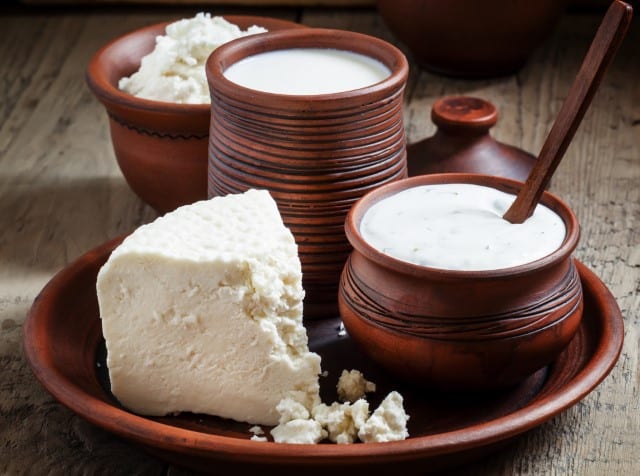
It provides a higher proportion of beneficial fatty acids, including short and medium chain fatty acids. One of the benefits of short-chain fatty acids is the fact that they can help a little with levels of cholesterol in humans.
Sheep Milk is Easier to Digest
Sheep milk is easier to digest for humans than cow milk. This kind of milk also offers a higher level of CLA (conjugated linoleic acid) than milk from cattle, goats, horses, and pigs. CLA is a beneficial fat that is believed to fight cancer and reduce fat.
The reason why sheep milk is easier to digest for humans than cow’s milk is because it has smaller fat globules.

You can freeze sheep milk. If it’s properly frozen and stored, it can stay frozen until you have enough to make cheese or sell. You can make cheese with sheep milk that has been frozen without it affecting quality.
Sheep Milk Has a Higher Solids Content
Another advantage of sheep milk is that its solids content is superior to that of cow or goat milk. The higher solids content means that you can produce more cheese from the same amount of sheep milk as cow’s milk. The cheese yield of sheep milk is between 18 and 25 percent, while that of cow milk is just between 9 and 10 percent.
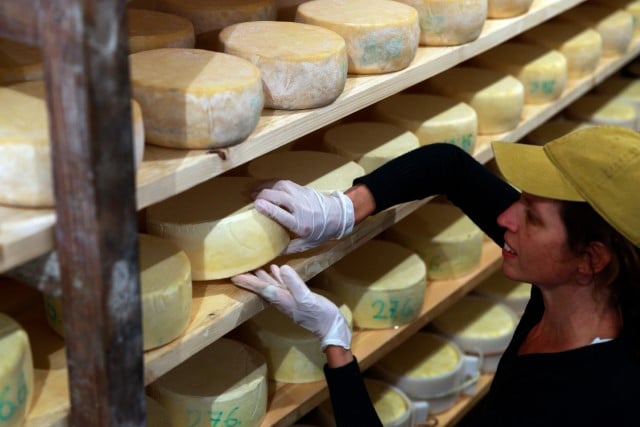
Sheep milk tends to sell for a much higher price per pound than other kinds of milk.
In fact, you can usually charge almost as much as four times the price you can charge for cow milk. This helps to make up for the fact that sheep generally produce a smaller amount of milk than cows.
Cheese is a Major Part of the Sheep Dairy Industry
The majority of the sheep milk yielded all over the world is used in cheese production. Many famous kinds of cheese, including ones you probably know and love, are made from sheep milk. Examples include Pecorino and Ricotta from Italy, Feta from Greece, France, and Italy, and Roquefort from France.
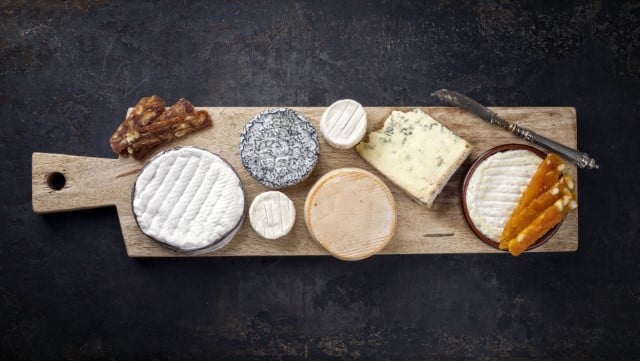
Did you know that the U.S. imports enormous amounts of sheep milk each year? This proves how much of a market there is for this kind of dairy in the United States. Sheep milk can be used in ice cream and yogurt. Be aware, however, that drinking fluid sheep milk is not a common practice in the U.S.
The Best Sheep Breeds for Dairy
If you want to milk sheep, it’s best to stick with the sheep breeds considered best for this purpose.
Yes, it’s true that it’s possible to milk any breed of ewe as long as it’s lactating. However, there are specialized breeds out there that you should stick with if you want to have a sheep dairy.
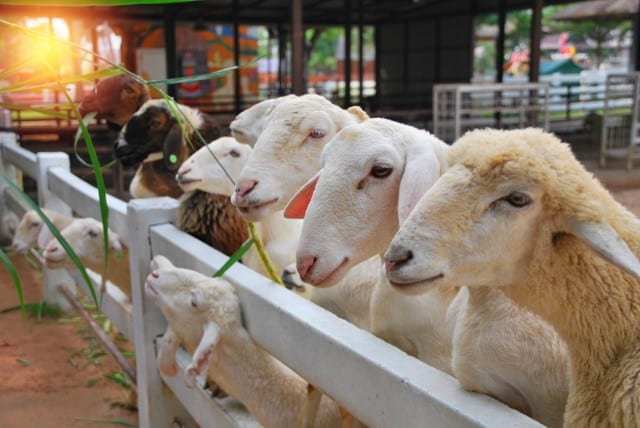
There are more than twelve sheep breeds specified for dairy around the world, but in the United States, there are only a few of these available. These are the East Friesian, Awassi, and Lacaune.
These special breeds are able to produce larger amounts of milk, between 400 and 1,100 pounds of milk for each lactation.
If you were to milk breeds not specified for dairy, you will probably only get between 100 and 200 pounds of milk for each lactation. Non-dairy breeds of sheep also lactate for shorter periods of time.
The East Friesian is the Most Common Dairy Sheep
The world’s most productive breed of sheep for dairy is the East Friesian. It’s also the sheep breed most commonly found on sheep dairy farms.
Over a lactation of between 220 and 240 days, the average milk production of an East Friesian lactating ewe can be between 990 and 1,100 pounds.

Asaaf breeds and the fait-tailed Awassi are other breeds that are highly productive when it comes to dairy. These breeds are usually found in Israel. The Lacaune breed of sheep is used in France for the dairy needed to create Roquefort cheese.
The East Friesian is believed to be the world’s most productive sheep breed for dairy. Not only are they most productive when it comes to milk, they are also excellent lamb producers. A mature East Friesian ewe gives birth to an average of more than two lambs for each lambing.
The East Friesian sheep is highly adaptable when it comes to parlor milking systems and they have especially docile personalities.
Be aware, though, that they don’t do well with hot climates.
They are also not a good choice if you will have an extensive management system. Pneumonia tends to be a danger with East Friesian lambs.
Other Common Dairy Sheep
Awassi sheep is a type of fat-tailed sheep. It was developed in the Middle East and the improved version of the species today comes after only the East Friesian when it comes to milk production.
This breed tends to be strong and resilient. Their wool is often used for carpets and they have brown legs and faces. The males of this species have horns.

The Lacaune sheep is a French breed of sheep that is excellent for dairy production. During its development, careful selection was done to ensure the best possible milk quality.
Have you ever tried Roquefort cheese? Milk from Lacaune sheep is used for producing this famous food.
The Lacaune tends to be hardier than the East Friesian. However, their milk production is not as prolific and they tend to have fewer lambs during each lambing season.
Lacaune milk offers a higher level of protein and fat, though, meaning that they create superior cheese yields.
Be aware that the Lacaune doesn’t have very much wool on several areas of its body, including its legs and head. A large part of the belly area doesn’t have any wool at all.
Sheep Milk Production Compared to Other Dairy Animals
Let’s take a look at how sheep dairy farming compares to other dairy animals, such as cows and goats. In general, sheep dairy production is most appropriate for relatively small farms where there is a focus on forage-based production.
Sheep milk is primarily used for cheese. It takes less sheep milk to make cheese than it does cow milk. For example, to make a single pound of cheese, it usually takes just around four pounds of sheep milk.
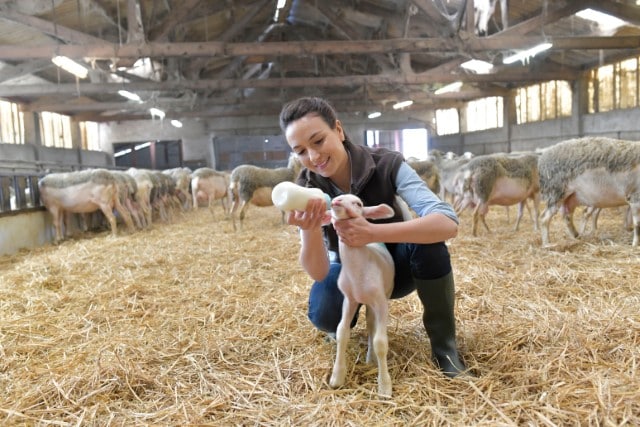
If you were to use cow milk to make the same amount, you would need between eight and ten pounds. That is a significant difference if you plan to make cheese a significant part of your operation.
Specialty cheeses, including cheeses made with sheep milk, are becoming increasingly popular. This can be a viable part of an agricultural operation. Sheep dairy farmers can provide their milk to operations that blend milks from different animals (for example sheep and cows) to produce special kinds of cheeses.
These kinds of cheeses are known for being exceptionally rich and are in demand in certain segments of the market.
The U.S. Has Import Restrictions on Sheep
If you’re serious about getting into sheep dairy production and you are in the United States, you should be aware that you may have problems getting access to the most popular dairy sheep breed in the world, the East Friesian.
There are currently strict import restrictions in place from the U.S. Department of Agriculture, and this is leading to a small gene pool.

As most farmers already know, a small gene pool is a problem because it can lead to an increased incidence of health problems. It’s possible to find East Frisians from Canada, but this will probably still be a challenge.
You can more easily, however, find sheep that are cross-breeds of East Friesians and Dorset sheep. A Dorset ewe is able to yield from 100 to 150 pounds of milk over a 120-day lactation period. When Dorset sheep are crossed with East Friesians, the amount of milk production can be doubled to reach between 220 and 250 pounds of milk over the same length of time.
Tips for Managing Dairy Farms in the U.S.
There are a couple of different options to manage dairy sheep on farms in the United States.
In one type of system, farmers wait until ewes’ lambs have been weaned (which can take place between 30 and 60 days of age) before any commercial milking takes place.
In another type of system, commercial milking is done before weaning. The most important concern there is to allow lambs to suckle for at least eight to twelve hours each day. Once the lambs get their milk, they are separated from the ewes for the night. The milking then occurs in the morning.
Once the lambs are weaned, the ewes can be milked twice each day. Alternatively, some sheep farmers take a route similar to the system used in goat and cow dairies, and they take away the lambs from their mothers within 24 hours of being born and then raise them as bottle lambs, using an artificial milk replacer.
Equipment Needed for Sheep Dairy Farming
Modern sheep dairy operations use complex machinery to milk sheep. These include items such as:
- Pipelines
- Milking parlors
- Bulk tanks
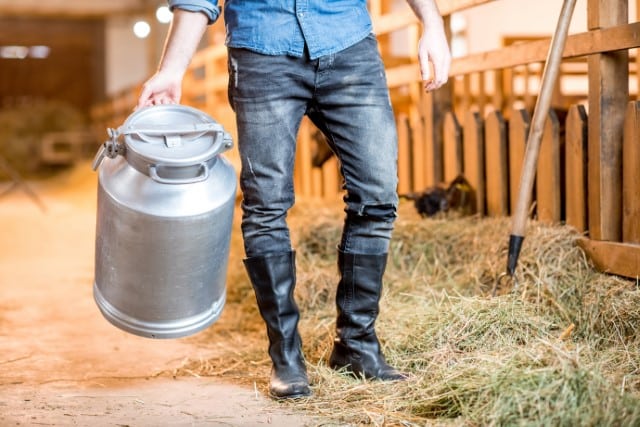
Daily milking of ewes can take place once or twice each day. This is vastly different than what is done in other areas of the world, especially in remote regions, where sheep milking is done by hand.
Setting Up a Milking Parlor
To have a sheep dairy farm, you will need a milking parlor and the necessary equipment. Milking your sheep will be much easier and faster to do when you have a properly designed milk house and parlor.

Some of the basic parts of a correct set-up include:
- Milking equipment
- Pipelines running to the milk house
- A route connecting the waiting room to the parlour
- Storage and sanitation equipment located in the milk house,
- Stalls to hold sheep still during milking
- Exit ramps
Equipment can be purchased completely new or you can look for used equipment from a reputable sheep dairy farm. Many people setting up new sheep dairy operations will buy a combination of new and used equipment. Those who have the knowledge and expertise can also build their own equipment.
You will need to shear your dairy ewes before lambing. If you have East Friesian sheep, you will find their fleeces are especially thick, creating a bit more work. It also makes it more important to shear the ewes, as short fleece means a cleaner environment for milking.
Most sheep dairy farmers also dock the tails of their dairy ewes to ensure that there are hygienic conditions for milking.
Things to Think About Before Starting a Sheep Dairy Operation
Most sheep dairy farms don’t limit their operations solely to dairy production. While dairy is the main focus, sheep are also raised for wool or meat.

If you raise and use ewes for dairy, be prepared for a higher attrition rate than if you were using them for fiber production or meat. Ewes used for dairy tend to have a larger “work” burden than other kinds of sheep.
Spoiled udders are a common problem and this can sometimes lead to culling. You will need to breed replacement stock using younger females in the flock on a consistent basis.
You will need to breed approximately 30 percent of your flock for replacement stock. Make these the ewes in the flock that likely have the best genetics. These are typically younger animals.
Many farmers use techniques of cross-breeding with other hardier breeds (such as Hampshire, Suffolk, and Texel) to create market lambs that will be stronger and grow faster.
Like with many other kinds of animals, a certain amount of cross-breeding can produce stronger offspring.
Tips for Lambing Dairy Sheep
With most commercial sheep dairies, winter lambing is the most common practice. This is because winter lambing leads to the longest period of lactation. There are certain disadvantages to winter lambing, but overall it is the method most often chosen by sheep dairy farmers.
With spring lambing, you will have a shorter lactation period.
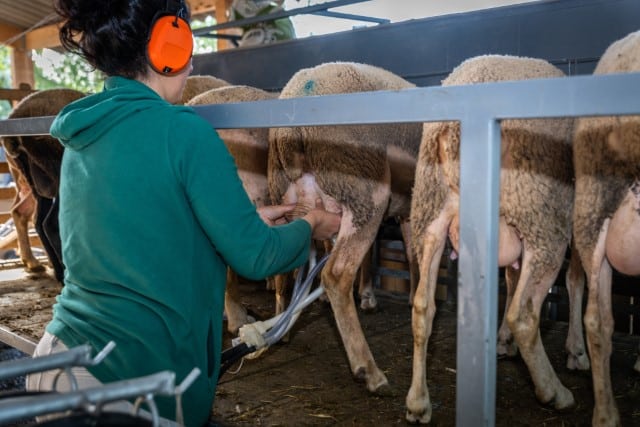
This is because lactation will always decrease quickly as day length shortens and the fall gets closer. The costs of lambing in the spring, however, are lower.
If you want to do milking year-round, you will need two separate groups of ewes. To do spring breeding, you may need to slightly manipulate the female sheep’s reproductive cycle with a mild hormone treatment.
If you don’t want to go this route, you could freeze the milk. This is a way some dairy sheep farmers find a way around seasonal limits. However, frozen milk is always considered an inferior product to fresh.
Sheep Dairy Marketing
It may seem a bit counterintuitive, but it’s best to start the marketing process for your sheep dairy products before you start your operation.
This is because of the necessity to get some customers lined up before you start. You will need to get some income coming in from the very beginning.
Here are some of the major markets to which you can market your sheep dairy products:
Sheep Milk Dairy Processors
You can sell sheep milk to processors who will package the product or make it into cheese and other kinds of dairy products. Do some research to find processors as nearby as possible and find out how much they are willing to pay.

Making contact with these processors will mean that you are introduced to them and you will have the chance to forge a relationship with them as you set up your sheep dairy operation.
Ask the sheep dairy processors you find questions such as the amount of milk they want from farms, whether they require winter production, and how much they charge for hauling and other necessary tasks.
If any of them tell you to come back when you have actually started your operation, try looking for already established sheep dairy farmers who sell to these processors. Ask them about their experiences and what you can expect when you sell your work. You can also ask them for information on production costs.
Local Retailers and Restaurants
The increasing popularity of fresh, locally produced food means that you might be able to find a substantial market with local retailers and restaurants. Many sheep dairy producers also sell their products at the farm gate.
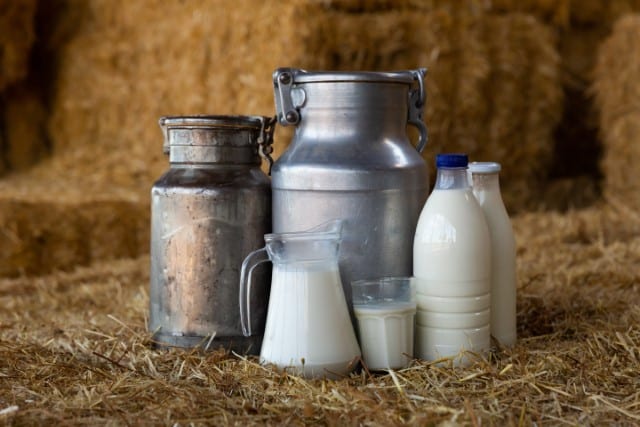
You can work with processors if you take this route. For example, if you want to process your sheep milk into cheese and will not have the facilities or knowledge to do this yourself, you can find a processor to make the milk into cheese and then you can sell it yourself. Remember that logistics are always critically important in producing and selling dairy products.
Sheep Dairy Farming Just Might Be the Opportunity for You!
Sheep dairy farming is a farming niche that you might want to consider. Whether you already own a farm and are looking for other types of production that you can add or want to buy a farm and begin an entirely new operation, a sheep dairy operation requires hard work, but can be a unique and rewarding farming experience.

